Search
Search Results
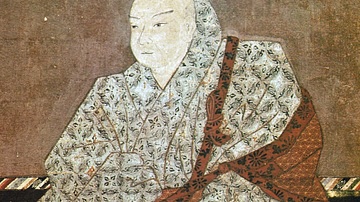
Article
Insei: Cloistered Government in Ancient Japan
Insei or 'cloistered government' describes the strategy of emperors during the late Heian Period (794-1185 CE) in ancient Japan where they abdicated in favour of a chosen heir yet still ruled in some capacity, typically after retiring to...
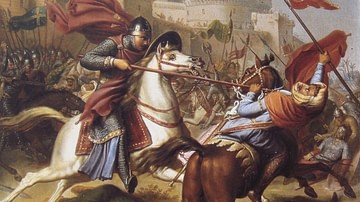
Definition
First Crusade
The First Crusade (1095-1102) was a military campaign by western European forces to recapture the city of Jerusalem and the Holy Land from Muslim control. Conceived by Pope Urban II following an appeal from the Byzantine emperor Alexios I...
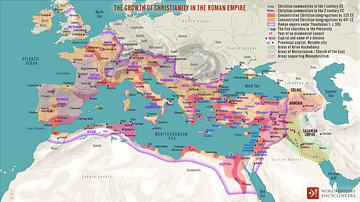
Image
The Growth of Christianity in the Roman Empire
A map illustrating the rise and spread of Christianity from a small, unorganized sect in the Roman province of Judea, across the urban centers and rural areas of the Roman Empire, through Constantine the Great's 325 Council of Nicaea (which...

Definition
Plebeians
Plebeians were members of the plebs, the hereditary social class of commoners in ancient Rome. Their exclusion from political power by the patricians, who claimed to be the descendants of the first senators, led to Conflict of the Orders...
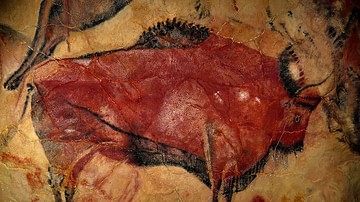
Definition
Altamira
Altamira is a Paleolithic cave located in Santillana del Mar (Cantabria region) in northern Spain, containing prehistoric paintings. The cave was inhabited for millennia and so, besides Paleolithic cave art, it contains remains of the daily...
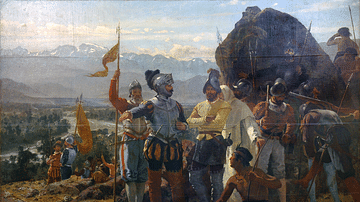
Definition
Repartimiento
The repartimiento system was a distribution of rights to Spanish colonialists and municipalities, which allowed them to extract forced but low-paid labour from local communities in conquered territories. Designed to replace the inefficient...
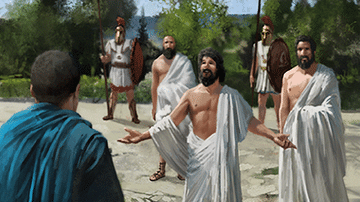
Definition
Phocion
Phocion (c. 402 – 318 BCE) was an Athenian statesman and military commander who, according to tradition, was made a general a staggering 45 times. A student of Plato and known as 'the Good', his political position was somewhat ambiguous...
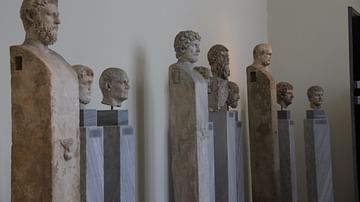
Article
The Desecration of the Statues of Hermes, 415 BCE
On 7 June 415 BCE, various statues of the god Hermes were desecrated in Athens. The Peloponnesian War (431-404 BCE) had been raging for decades as one of the biggest civil wars in Ancient Greece, and the Athenians prepared for the expedition...
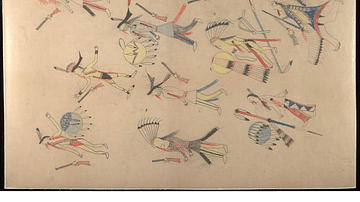
Article
Red Horse's Account of the Battle of the Little Bighorn
Red Horse (Tasunka Luta, l. c. 1822-1907) was a chief of the Miniconjou Lakota Sioux best known for his firsthand account of the Battle of the Little Bighorn (25-26 June 1876) and his 42 ledger book drawings depicting the engagement. The...
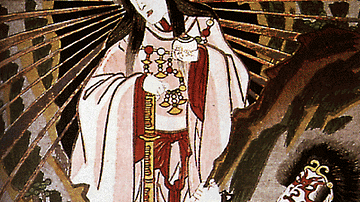
Definition
Amaterasu - Shinto's Greatest Goddess
Amaterasu Omikami ('the Great Divinity Illuminating Heaven') is the sun goddess and most important deity of the Shinto religion. Amaterasu is the ruler of Takama no Hara (the High Celestial Plain), the domain of the kami or spirits. The most...